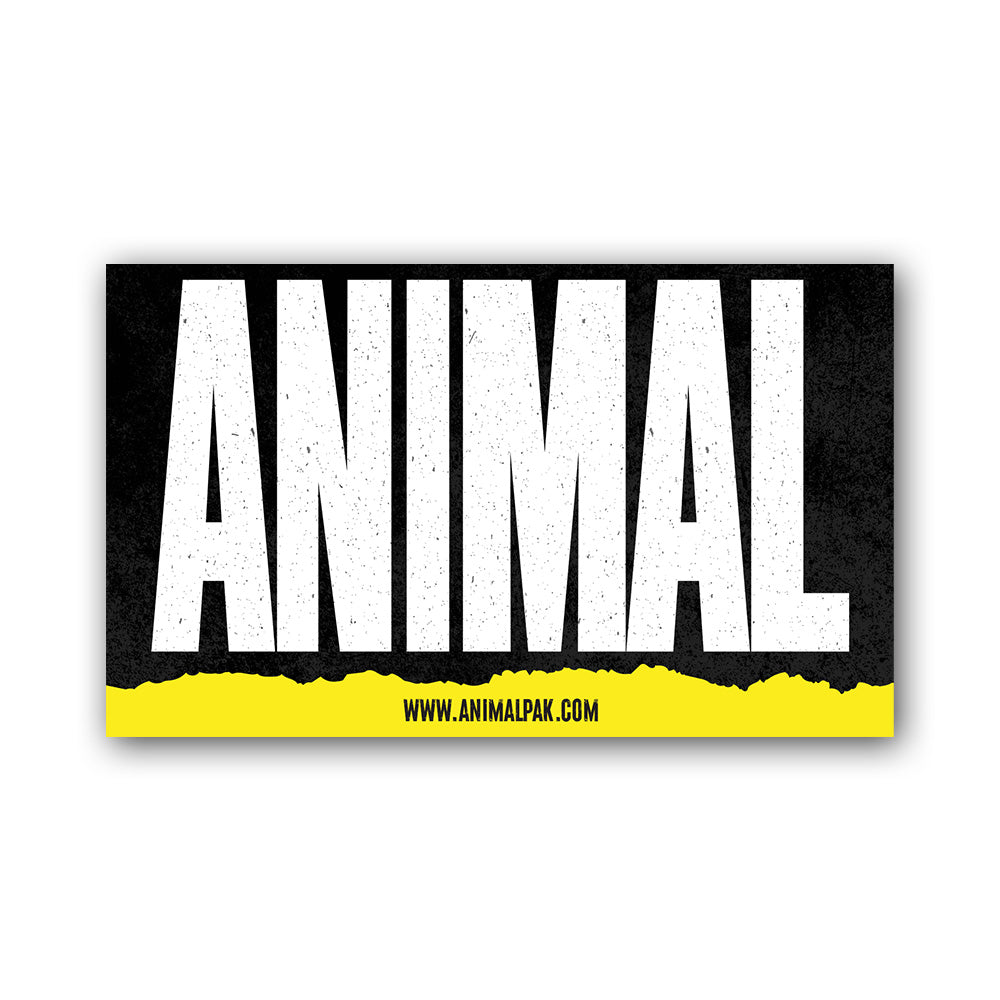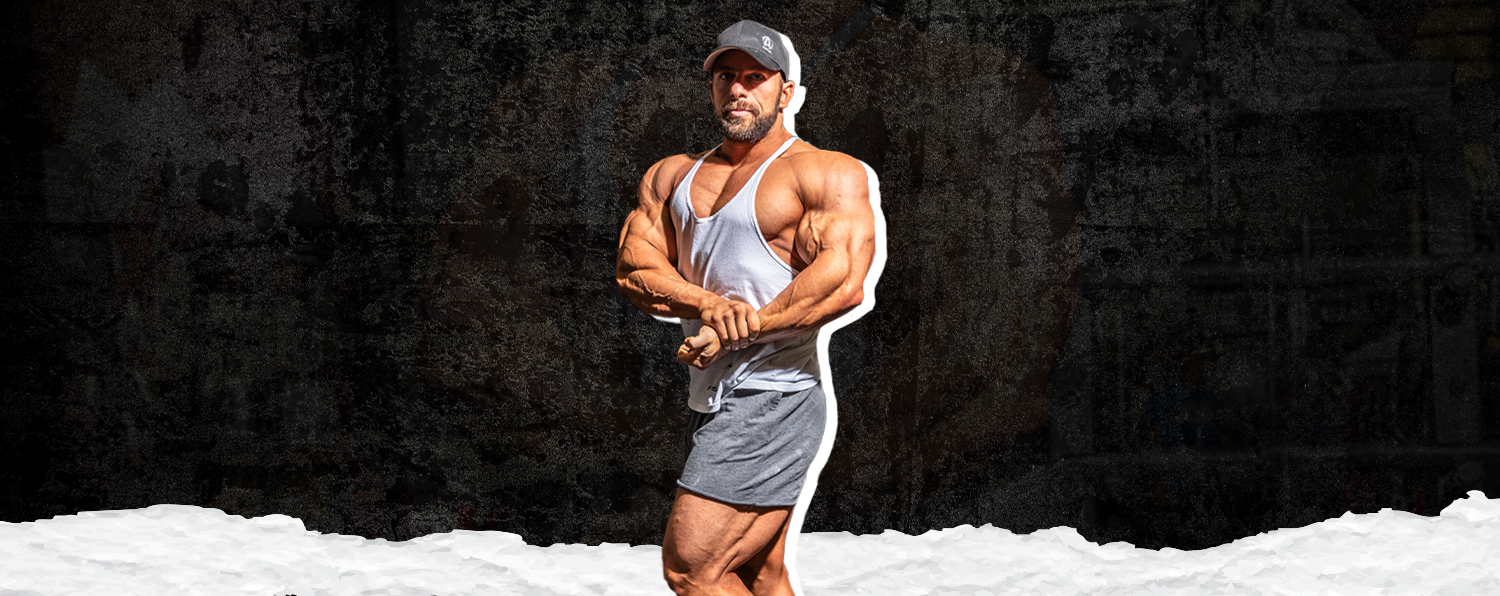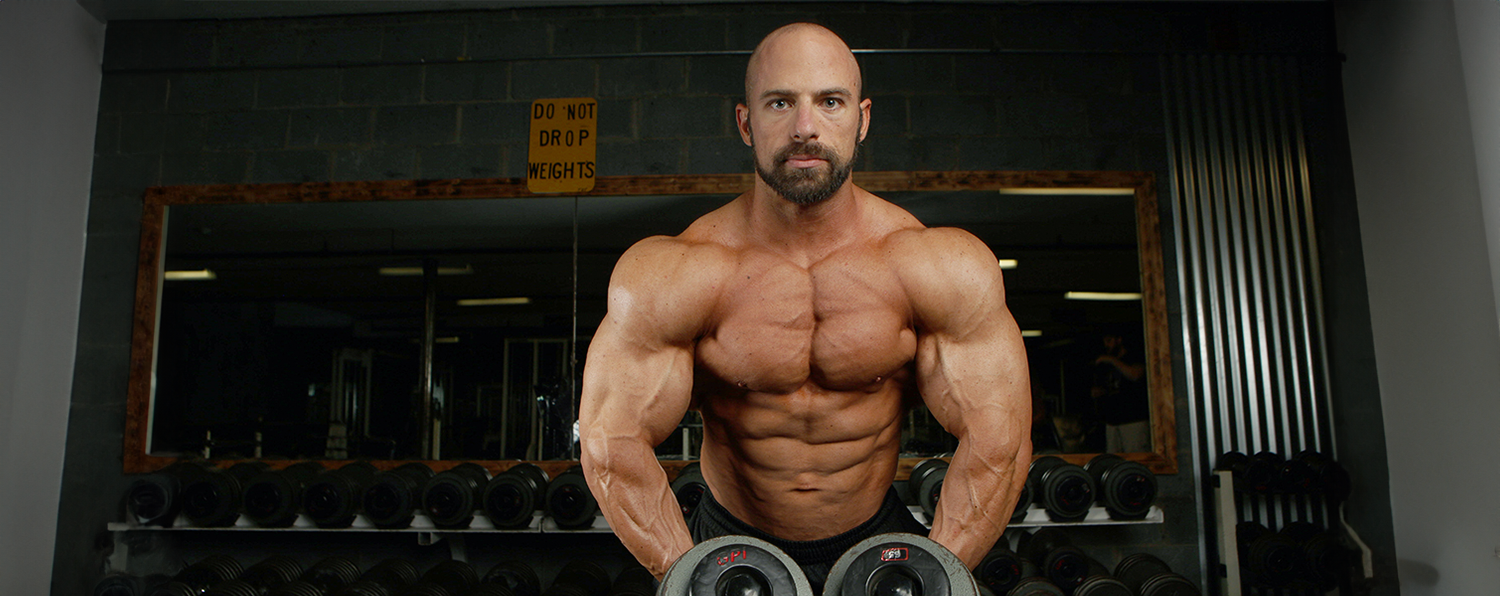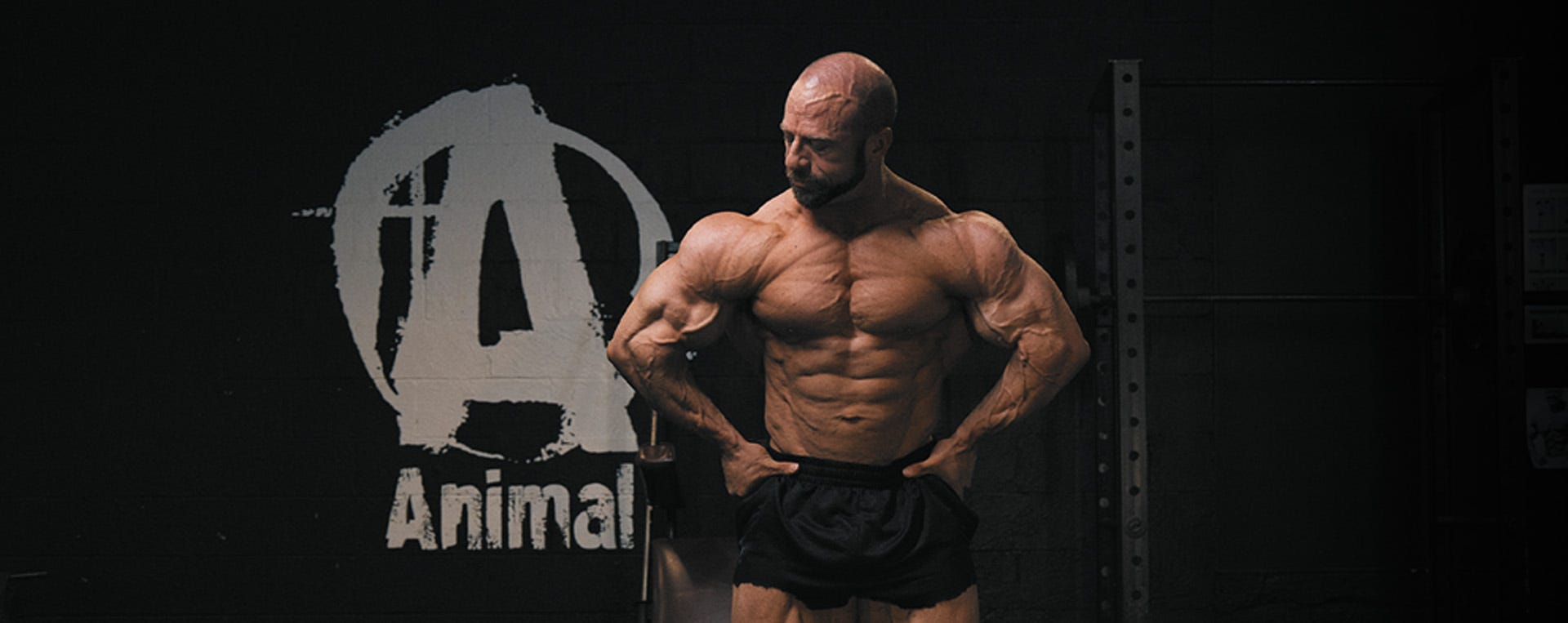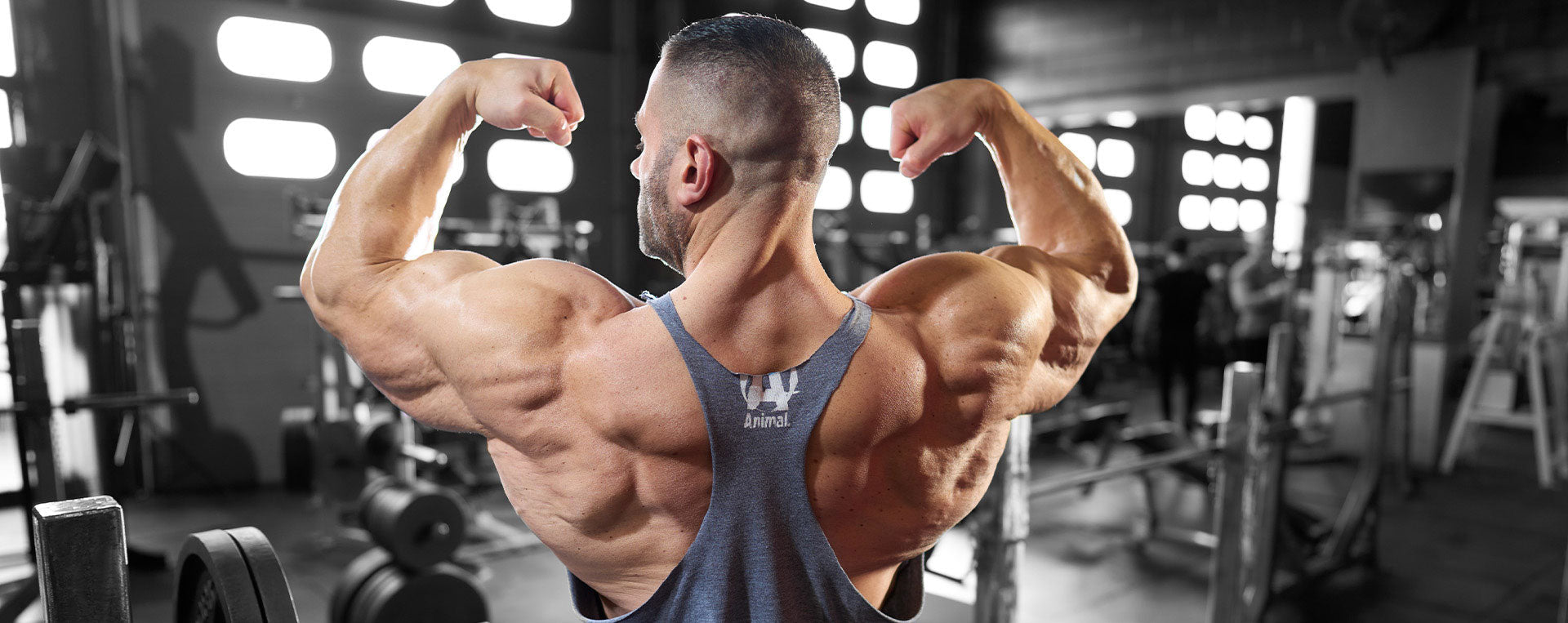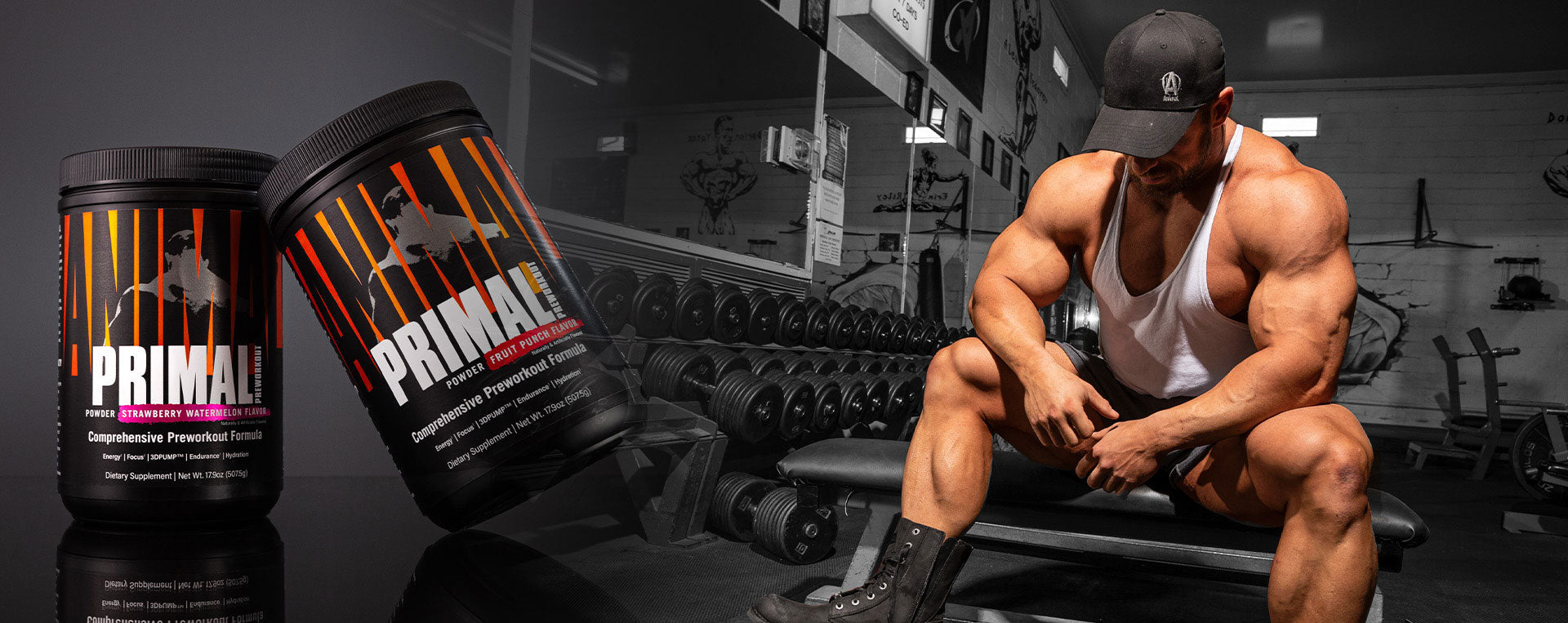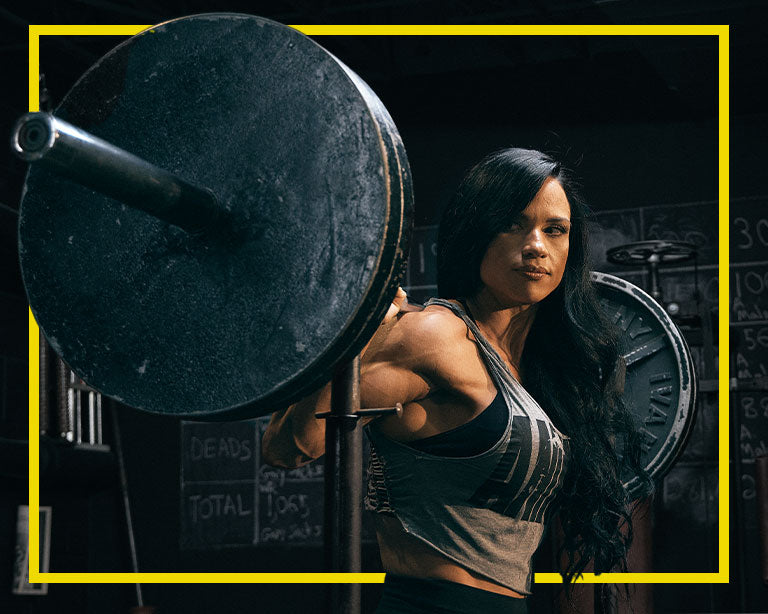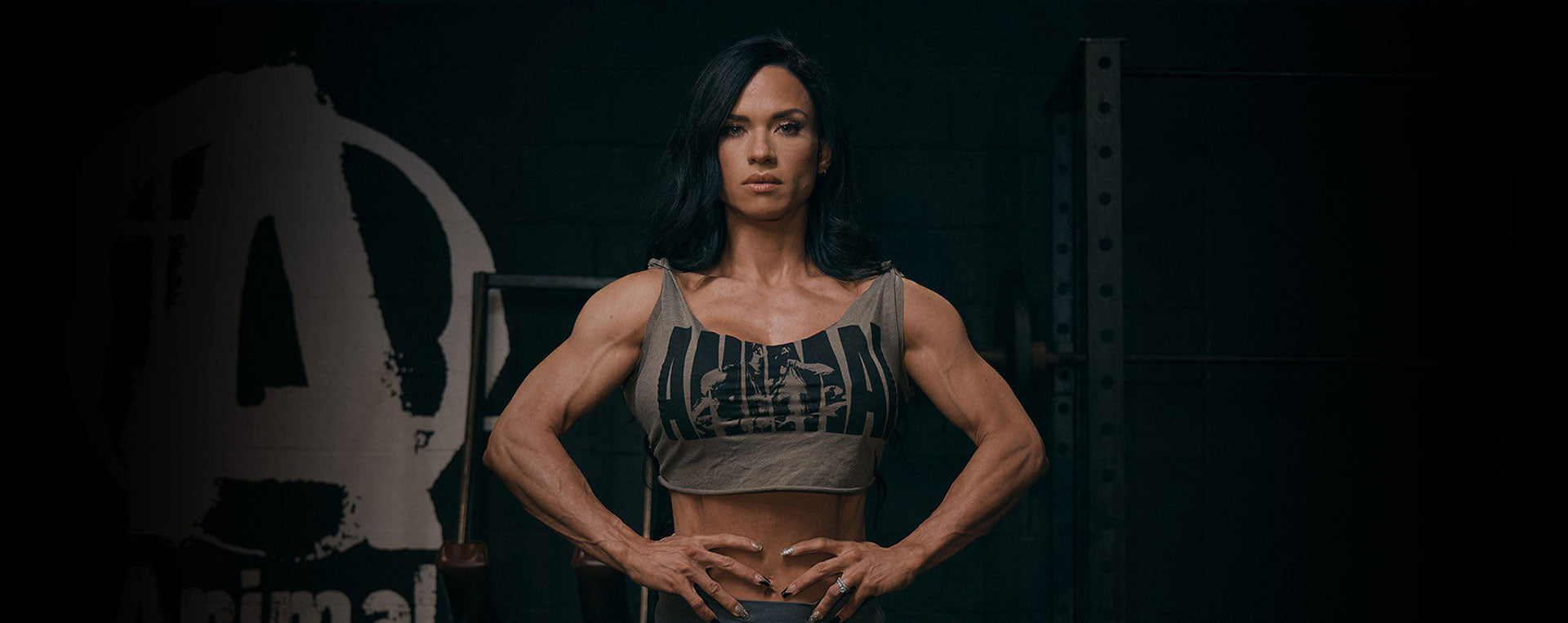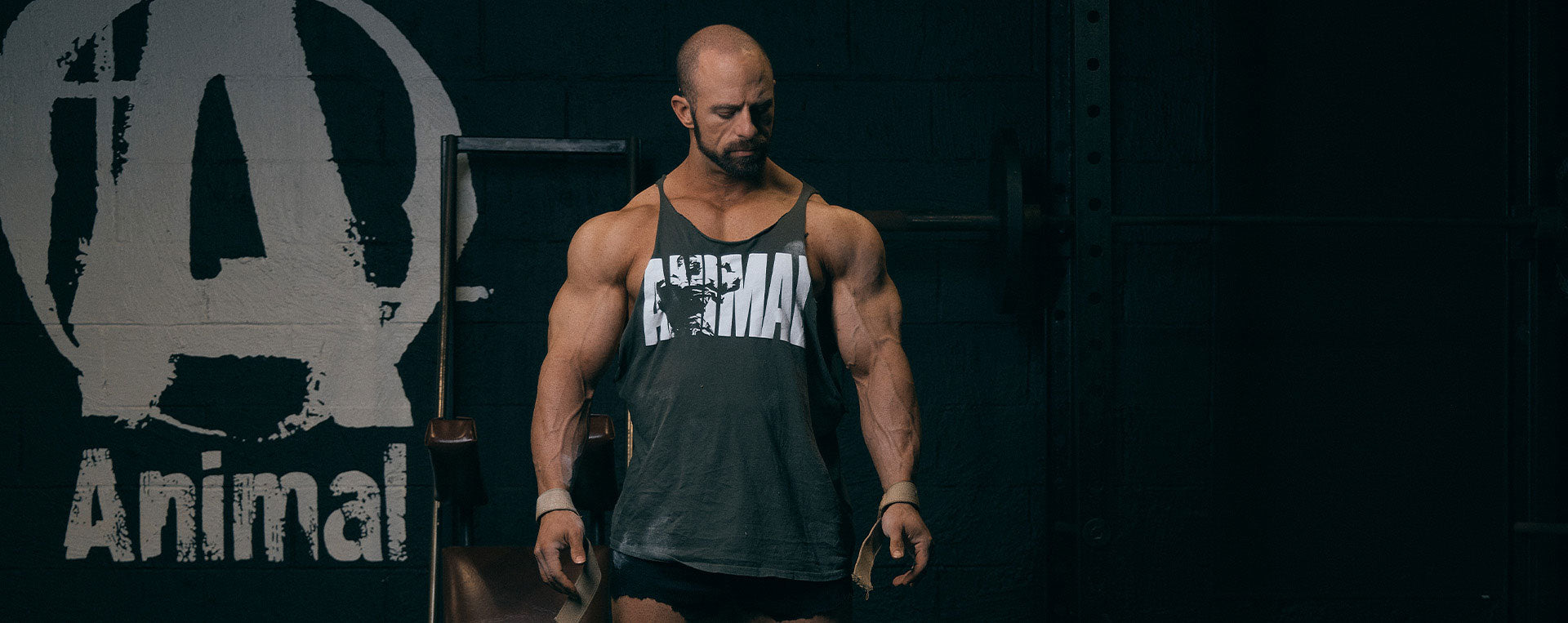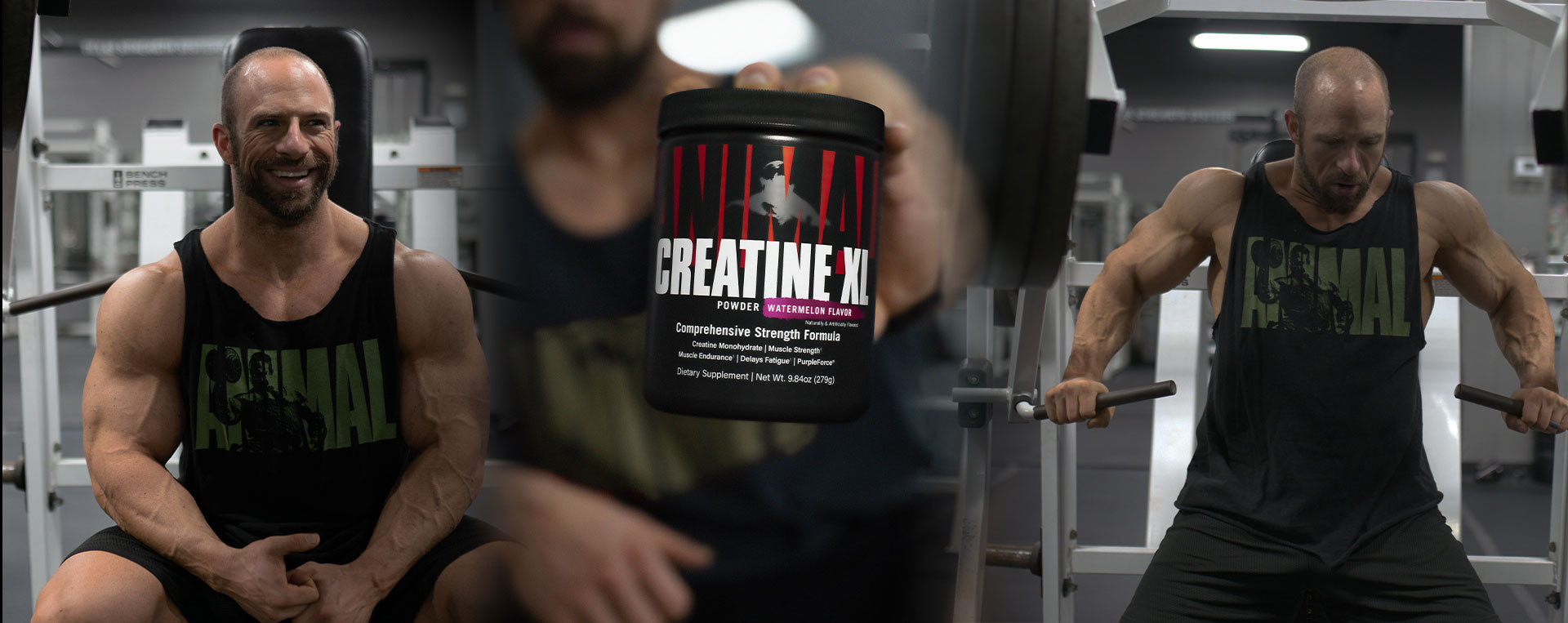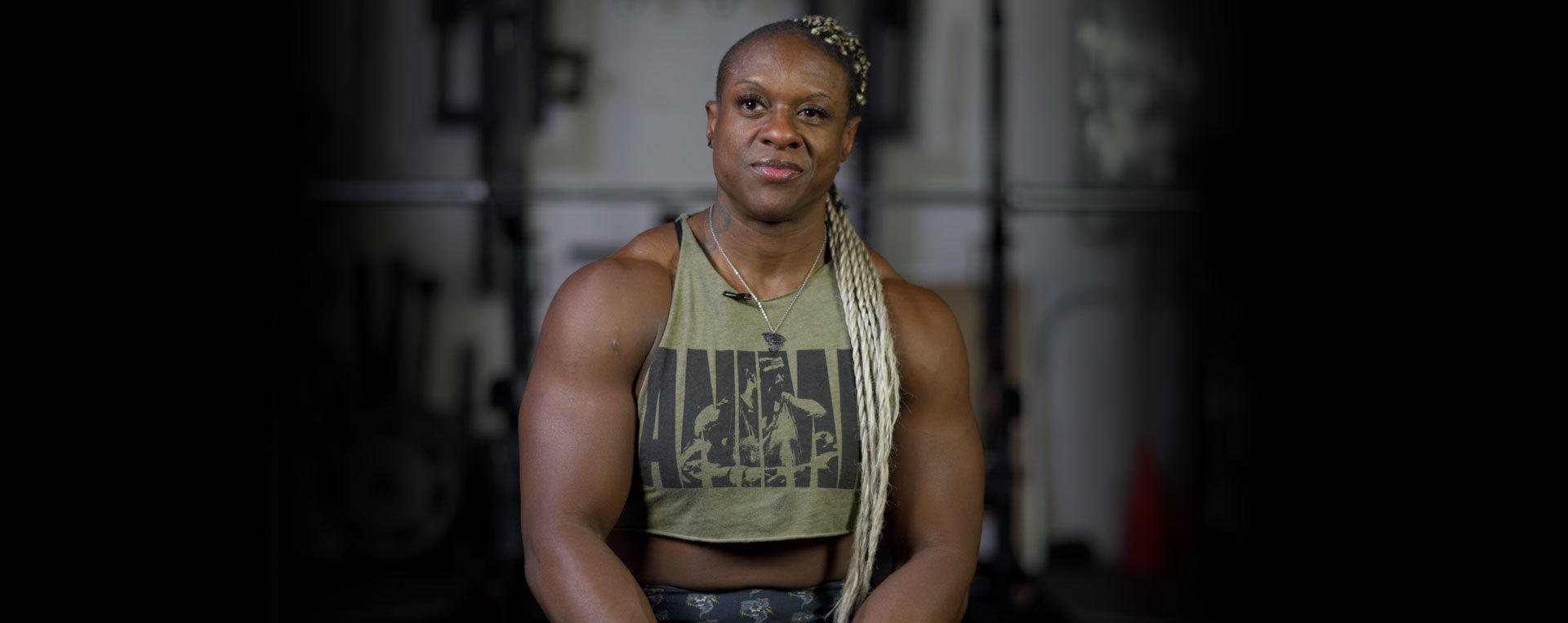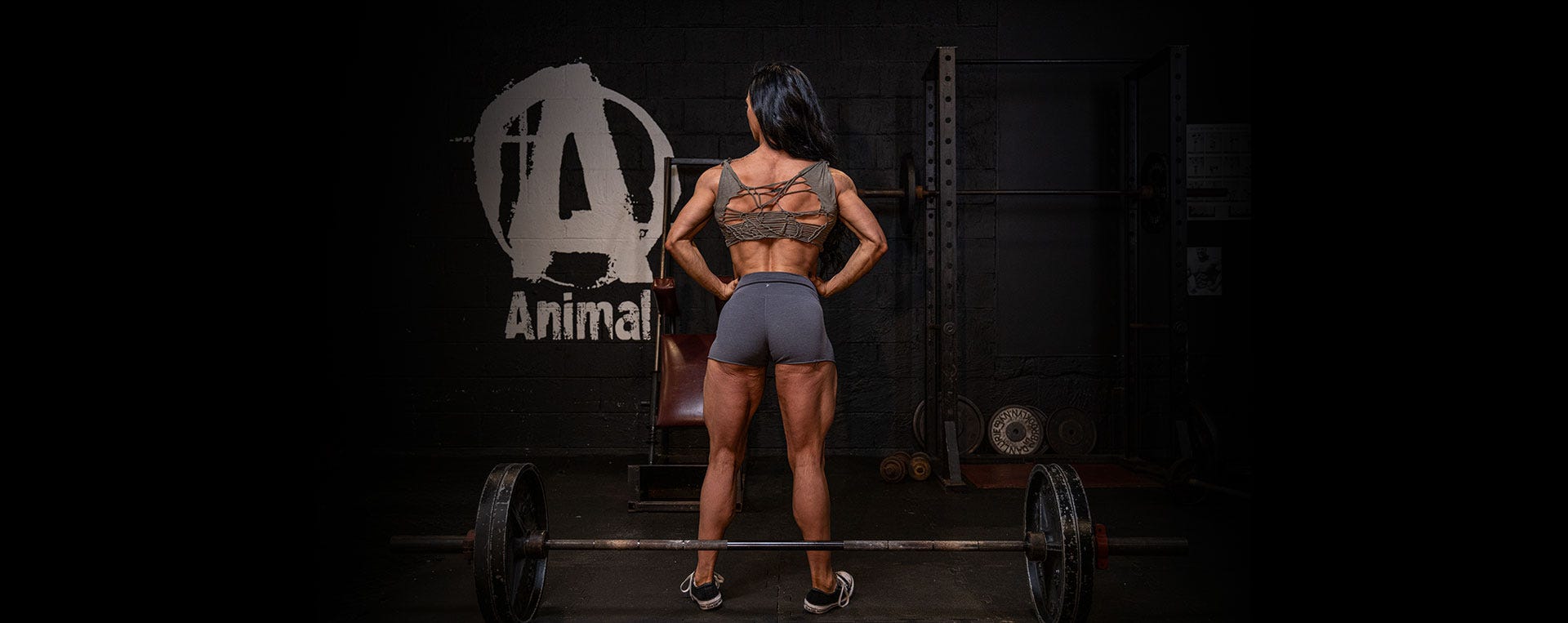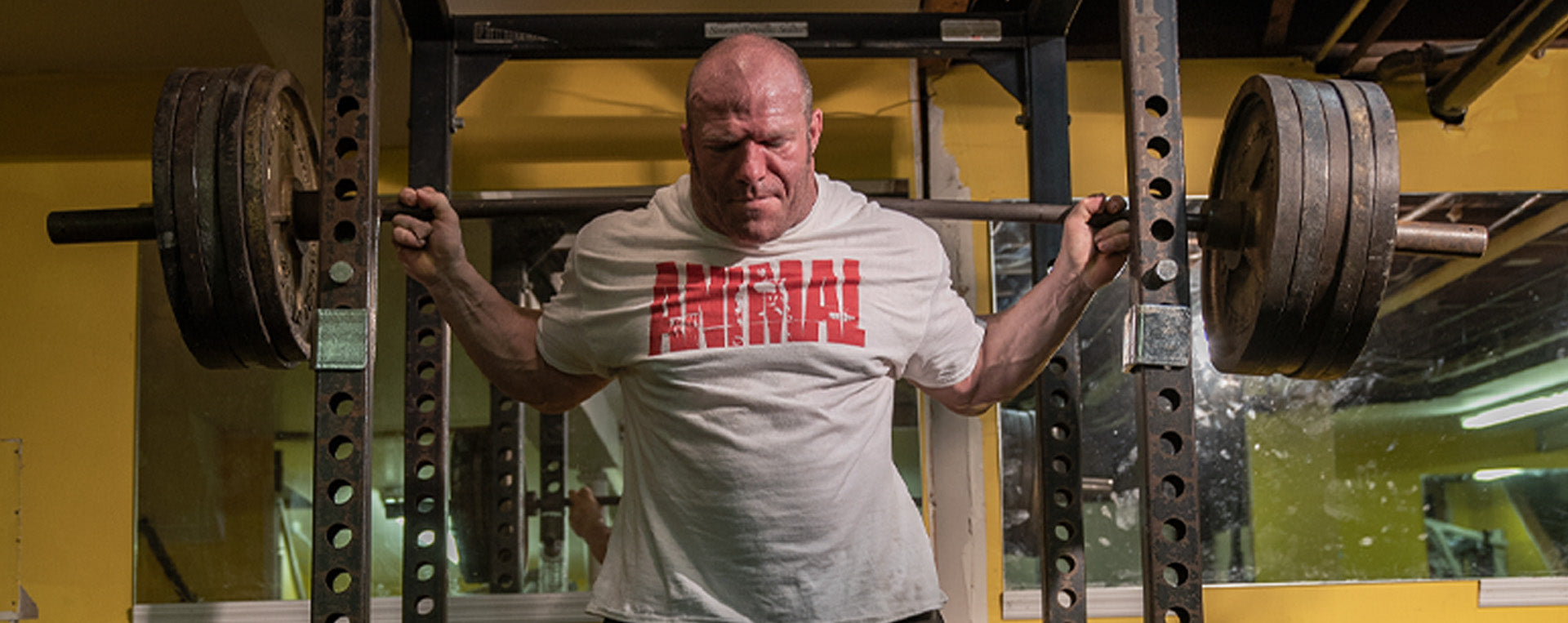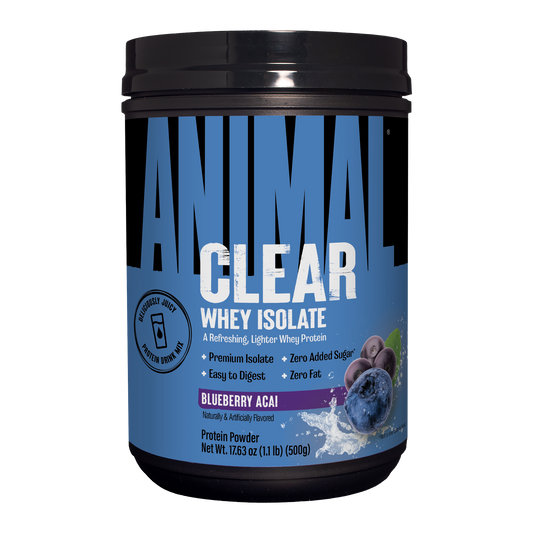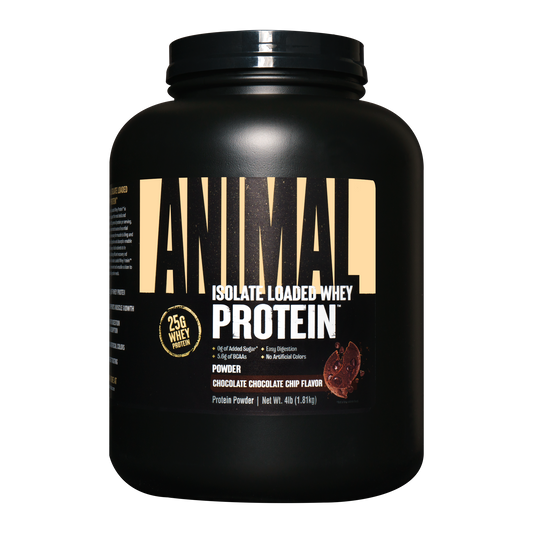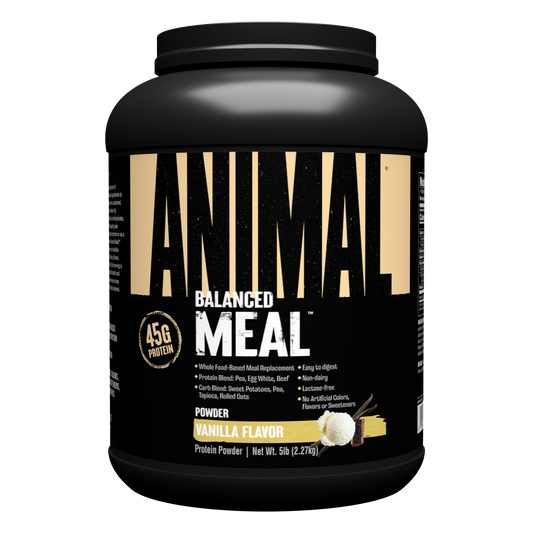I learned I don’t need as much volume to improve my chest as I have become more effective at recruiting the pec fibers when training. I learned that starting with an overhead press is hell on my shoulder joint. I also know my delts can handle quite a bit of volume without negatively impacting recovery. So, what did I do with what I learned? I made a plan that puts it into action.
This push day starts with a lateral move so that I can put the most energy into the exercise and also pre-fatigue the delts for further training. Shoulders are my priority this off-season, so it is reflected in my exercise order. Next, I will focus on progressive overload which are my heavy loading type sets. The 3 compound moves will hit chest first, followed by delts to keep shoulder joint health in mind. After my heavy loading exercises, I will then get into my isolation/metabolic work sets with shoulders trained first, followed by chest. Finally, triceps are one of my strengths so they will be hit last in a super set fashion.
Now that you’ve seen how my thought process leads to my programming, you can apply the same thinking to your training.
*Warm up sets are not included in the workout below, complete 2-3 warm up sets for each exercise.
*All work sets listed below are to be taken to muscular failure. If form breaks, then that is counted as muscular failure for the muscle you’re working.
1. CABLE UPRIGHT ROW: 2 rest pause sets. Set 1 fail between 15-20 total reps. Set 2 fail between 20-25 total reps.
For each rest pause set, you will pick a weight and get as many reps as possible, rest 20 seconds, get as many reps as possible again, rest 20 seconds, and then get as many reps as possible one last time. Add up all the reps you complete, and this should fall between the above prescribed rep range of 15-20 or 20-25 reps. So, for rest pause set 1 you may complete 10 reps, then 4 reps, then 2 reps, which adds up to 16 reps total.I prefer doing these lying on a flat bench made for cable rows. Lying helps stabilize the scapula and eliminates torso swing. This will take a lot of the momentum away and allow more tension directed into the delts. Make sure to pause at the top and control the weight down.
2. HAMMER STRENGTH FLAT PRESS: 2 straight sets. Set 1 @ 8-10 reps total. Set 2 @ 15-18 reps total.
The Hammer Strength Press allows you to not have to worry about stabilization like dumbbells, so you can focus on trying to pull the handles together and really activate your chest. The seat height should be high enough that the handles are at mid chest level.Warm up to a work set of 8-10 reps. Try to select a weight you fail with in that rep range. I decrease the load 30% on the 2nd set to hit a high rep range. Using a reverse pyramid scheme allows you to push more reps with a lighter weight since you were previously accustomed to the heavier weight.
3. HAMMER STRENGTH DECLINE PRESS: 2 straight sets. Set 1 @ 8-10 reps total. Set 2 @ 15-18 reps total.
Just like the Hammer Strength Flat Press, the decline press is another strict compound move for the lower pec fibers. This specific machine does a great job at getting the pec shortened and you will notice a very strong peak contraction. The seat should be adjusted so the handles are at nipple level.The set execution will be the same as the Hammer Strength Flat Press, one low rep set and one high rep set.
4. SMITH MACHINE MILITARY PRESS: 2 straight sets. Set 1 @ 8-10 reps total. Set 2 @ 15-18 reps total.
Now that the chest was hit with two compound moves, shoulder is up next. The smith machine allows for a bar path that stays out in front of the torso which can limit the shoulder pain caused by free barbell military press.Set up the military bench in the smith machine to allow the bar to just barely miss your face coming down. Stop the bar at chin level and then press upward. Really focus on a slow eccentric phase with this move. It will really break down some delt fiber, but save the joint.
5. LYING CABLE LATERAL: 3 straight sets. Select a weight for failure around 25-30 reps. Perform 3 sets at that same weight to failure.
Like the lying upright row, the lying cable lateral makes a strict version of the dumbbell lateral raise. Set up an incline bench between two cable systems with the cable set at the bottom position. I prefer using ankle straps to attach the cables to my wrist and be hands free. Lay on the bench and perform a lateral raise. You should aim to drive the pinky finger up first, which keeps the arm slightly internally rotated for more side delt activity.You should be warm from the previous exercises so jump right into this work set since the rep count is high.
6. INCLINE BENCH CABLE FLY: 3 straight sets. Select a weight for failure around 15-20 reps. Perform 3 sets at that same weight to failure.
The pecs have been hit early with compound moves emphasizing the mid and lower pec fibers, so now an incline cable fly can focus more on the upper pec fibers. Keep your incline bench from the lying cable laterals in the same spot to perform these. Make sure to keep the scapula retracted the entire time. If the scapula protracts and comes loose, you are less stable and more likely to involve the delts in the movement.7. SUPER SET: CABLE OVERHEAD TRICEP EXTENSION (EZ BAR ATTACHMENT) WITH BODY WEIGHT DIPS: Perform 3 sets @ 15-20 reps. 90 second rest after completion of each super set.
The set up: For the tricep extension, body position should be upright with chest pulled up high. The elbows locked by the side. For body weight dips, try not to lean the torso over too far and use more chest.The execution: For tricep extensions, contract forcefully spreading the rope apart, give a 3 second eccentric phase. For bodyweight dips, perform the movement with a 3 second eccentric and explosive concentric phase.
This workout is a great base to build from, but I want you to use this as a starting point to monitor progress. Take notes on what is improving and what is not, then adjust the plan for your own body. Thanks for trying the workout and keep growing those delts, tris, and chest.




